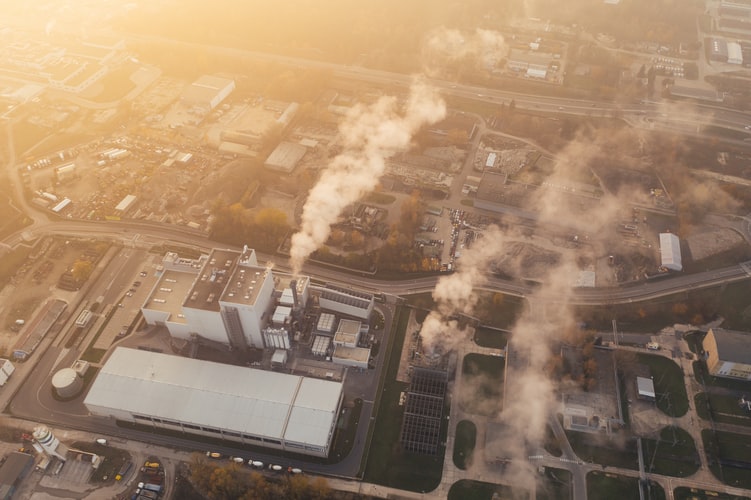
A full process of Machine Learning Projects from Data Cleaning to Model
Evaluation as one of the requirements to graduate from Purwadhika Digital Technology School.
The purpose of this projects is to predict which reservation that will be cancelled using a real Hotel
data that was extracted directly from hotels’ Property Management System (PMS) SQL databases. Key points
that is covered in this projects is Data Cleaning and Preprocessing, EDA, Model Building
and Hyper-parameter tuning (RandomSearchCV), and Model Evaluation (Confusion Matrix and Results Interpretation)
.jpg)
In this project-based learning from DQLab, I created a machine learning
which able to predict a customer churn from DQLab Telco Company data.
Key points that I did in this projects is data visualization, exploratory
data analysis(EDA), data preprocessing, and data modelling. Machine Learning
model that I used in this projects is Logistic Regression, Random Forest Classifier,
and Extreme Gradient Boosting.

This projects is one of the learning materials when I and other data professionals from Xeratic gave
a corporate training and data education to one of their client, Direktorat Jenderal Pajak. This is an
unsupervised learning projects which aims to uncover patterns and knowledge about which products that should
be sold together. Using an actual online retail data from UK, This projects is done by using the mlxtend library
and using the apriori algorithm also the association rules concepts.

In this project, I created a recommender system that will be able to give an anime recommendation using two different
methods, which is content-based filtering and collaborative filtering. In content-based filtering, I used CountVectorizer
and Cosine Similarity as the basis algorithms to find similar anime movie (or series). While in collaborative filtering
I used statistical correlation between each users feedback to see which movie that a similar person watched.

I consider this as an exercise to improve my knowledge on various machine learning implementation,
particularly Time Series Forecasting. In this case I use ARIMA Models to predict the CO2 levels.
 This project covered both supervised and unsupervised learning.
Using E-Commerce data that contain an actual transaction from online
retail in UK, this projects is conducted to perform a clustering and classification model.
The aims of this project is to find a pattern from customer buying behavior and generates
order cancellation predictions, so that the managements and business teams could create a more
solid personalized data-driven marketing strategy.
This project covered both supervised and unsupervised learning.
Using E-Commerce data that contain an actual transaction from online
retail in UK, this projects is conducted to perform a clustering and classification model.
The aims of this project is to find a pattern from customer buying behavior and generates
order cancellation predictions, so that the managements and business teams could create a more
solid personalized data-driven marketing strategy.

.jpg)

